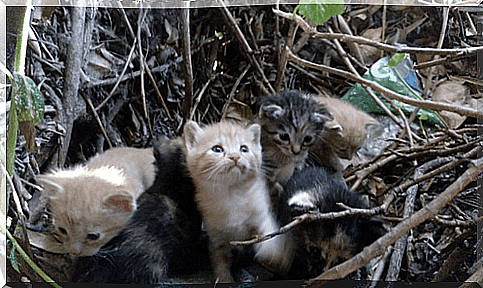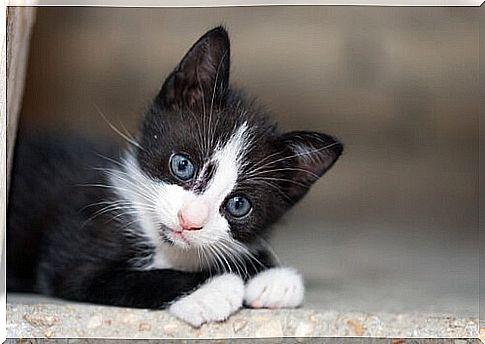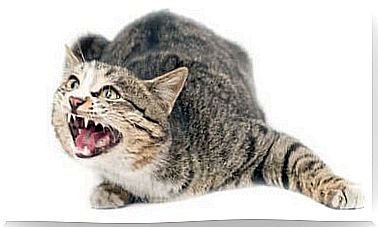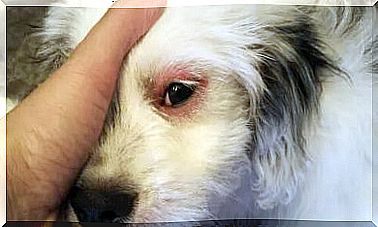The TNR Project: Catch-Sterilize-Release

Some cities have started to implement the so-called “ TNR Project ”. It is organized by institutions and run by animal welfare groups and individuals.
The abbreviation stands for “trap-neuter-return”, in German: “Fangen-Sterilisiert-Freilassen. The purpose of this is to control the population of stray cats by catching stray cats and sterilizing them. But the goals of the project go further.
Cities and villages in some countries are full of street cats, often sick and with no one to look after them. They reproduce unhindered because the female cats are constantly in heat. As of spring are beginning hundreds of kittens born on the streets.
Some survive as strays, but many die after a few months. Even a full-grown street cat only has a life expectancy of five years. In contrast, a house cat lives for at least 15 years or more.
The TNR project
This program was the only successful program to date to reduce the number of litters from street cats. Volunteers from many cities take care of the trapping, sterilizing and releasing of the cats they find.
However, the TNR project is not only there to sterilize cats, it is also supposed to control areas full of cats. Volunteers are assigned zones to watch and maintain. Your job is to provide safe food and water, to get veterinary help or give it where it is needed, and to dewormer the animals. They are also responsible for finding good families to adopt newborn or abandoned cats.

The TNR project and its advantages
To care for and control so many animals takes time and the necessary financial support. Despite everything, this project offers many advantages:
- It reduces the birth rate and population of street cats.
- Volunteers only put out dry food and thus avoid insect pests or dirty areas.
- The project helps identify and control street cats in each area. They are given a chip and identified as street cats so they don’t end up in a dog kennel.
- After neutering or neutering, cats stop fighting for territory or a partner.
- The cleanliness of the area improves and cats stop marking their territory with urine.
How do you find out if an area has many cats?
Controlled areas are marked with signs. If an area is already controlled, the cats don’t need any further help. If there are no signs, you can still find out if a cat is neutered or not (and if it should go through the TNR procedure). A TNR cat has a small indentation in its ear.
This is a routine worldwide procedure to show that a cat has been neutered and does not need to be recaptured. This ear cavity is done by a veterinarian after sterilization while the cat is anesthetized. The marking is painless, is made in the cartilage and does not require any further maintenance. It heals within a few hours.
If you see cats with these markings in their ears in a city, you know someone is looking after them.
What to do when entering a controlled area
Cats that live in controlled areas really don’t need anything other than rest. These animals usually do not adapt well to being a domestic cat. Usually they don’t want to be around people a lot.
Cats have no problem living on the streets. Since their population is controlled in these areas, we know that someone is feeding and caring for them on a regular basis.
If you want to help a group of cats in your city or on vacation, look for information brochures. They include the names and contact details of the organization that feeds the cats. You can contact them and offer your help. They always need new volunteers, dry food or donations.
If you find an area that the TNR has not yet reached, you can of course also control a population yourself, if something like this is possible in your city. Remember to only use dry food and no leftover human food. It should be hidden in such a way that no one can throw it away or poison it.
Street cats hunt insects and thus help prevent their diseases from spreading. They also keep rats at bay. Therefore, people still have a lot to learn about how to respect the animals that live in their cities. Controlled areas like this are the most respectful and humane way to protect animals and guarantee peaceful coexistence.








